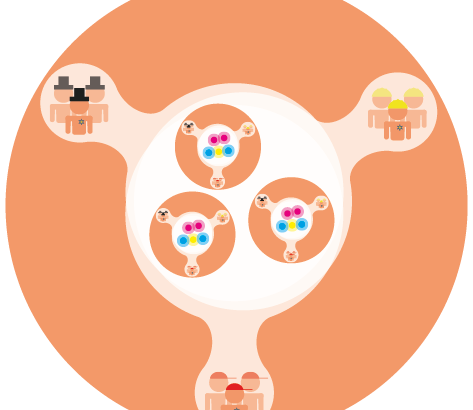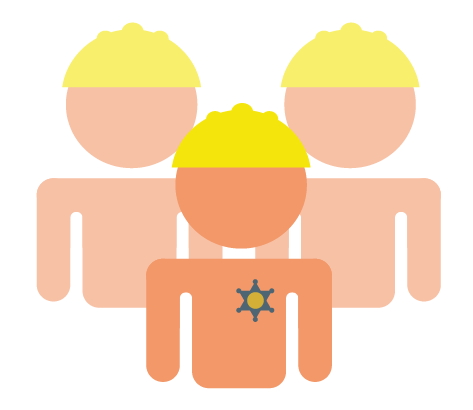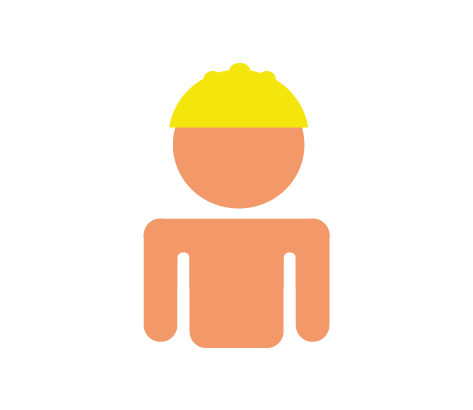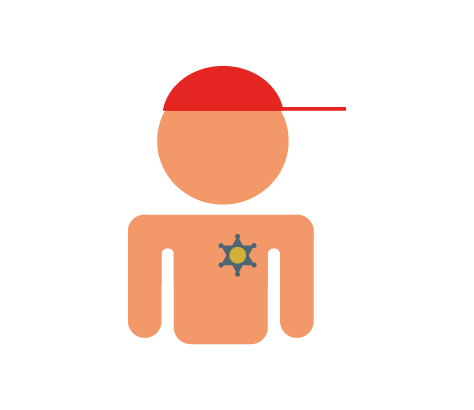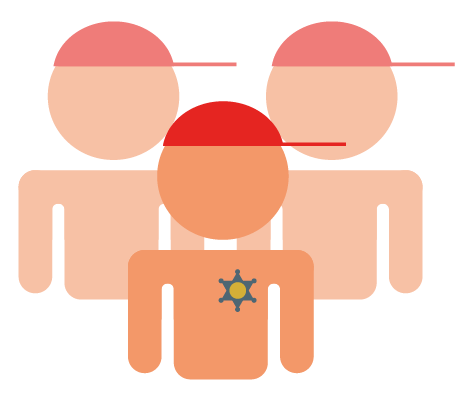The P4 framework divides its organizational and management structure of product development into three areas:
- Market and Business (see below)
- Organization, infrastructure and processes
- Technology and Architecture
Market and Business
The Product Owner roles at the various levels bear responsibility for the products and their markets. In doing so, they communicate with the Stakeholders in this area: Users, Customers and the (mostly internal) Sales Department.
The role of the Product Owner
Product, Product Backlog and Product Owner are generic terms in the P4 framework, that is, they only exist in specific forms. The generic artifacts “Product” and “Product Backlog” and the generic role “Product Owner” depend on the level within the organization (Team, Cluster, Organization/Portfolio) or on the specific type of team.
The Product Owner is responsible for maximizing the value of the Product resulting from the results of the Working Team. How this is done can vary greatly between Organizations, Clusters or Teams. The Product Owner is the only person responsible for managing the Product Backlog. The management of the Product Backlog includes:
- To clearly formulate the Product Backlog Items (PBI) = Entries of the Product Backlog;
- Order the entries in the Product Backlog in such a way that goals and missions can be optimally achieved;
- To optimize the value of the work carried out by the Working Team;
- Ensure that the Product Backlog is visible, transparent and clear to all Stakeholders and shows what the Team will work on next;
- Ensure that the Working Team understands the Product Backlog entries to the extent necessary; and
- To review and approve the results of the Working Team.
The Product Owner can carry out the above mentioned work himself or have it carried out by the Working Team or individual members. However, the Product Owner remains accountable at all times.
The Product Owner is an individual person, not a committee. She/he can reflect the wishes of a committee in the Product Backlog, but those who wish to change the priority of a Product Backlog Item must contact the Product Owner. For the Product Owner to be successful, the entire organization must respect her/his decisions. The decisions of the Product Owner are visible in the content and order of the Product Backlog. No one else may assign requirements or work to the Working Team.
Product Owners in the P4 framework
In the P4 framework, the generic role of the Product Owner is concretized on all three levels: It is important that the Product Owners on each level coordinate with each other within the respective POG and derive the priorities for their teams from the superior backlog. See “The overlap principal” for more information.
- the Team Product Owner (TPO) as the PO for a single Team. All TPOs of the same team Cluster form the Team Product Owner Group (TPOG) of that Cluster, which is lead and moderated by the Cluster Product Owner.
- the Cluster Product Owner as the PO for a Cluster of several Teams. All CPOs form the Cluster Product Owner Group (CPOG) of the Organization, which is lead and moderated by the Portfolio Owner.
- the Portfolio Owner as the PO for the entire Organization.
.
Further suitable articles:
| Events | Rollen | Gruppen | Artefakte |
| Team Planning
. . |
Team System Engineer
. . |
Team Product Owner Gruppe
. |
Team Backlog
. Usable Knowledge & System Increment . |

